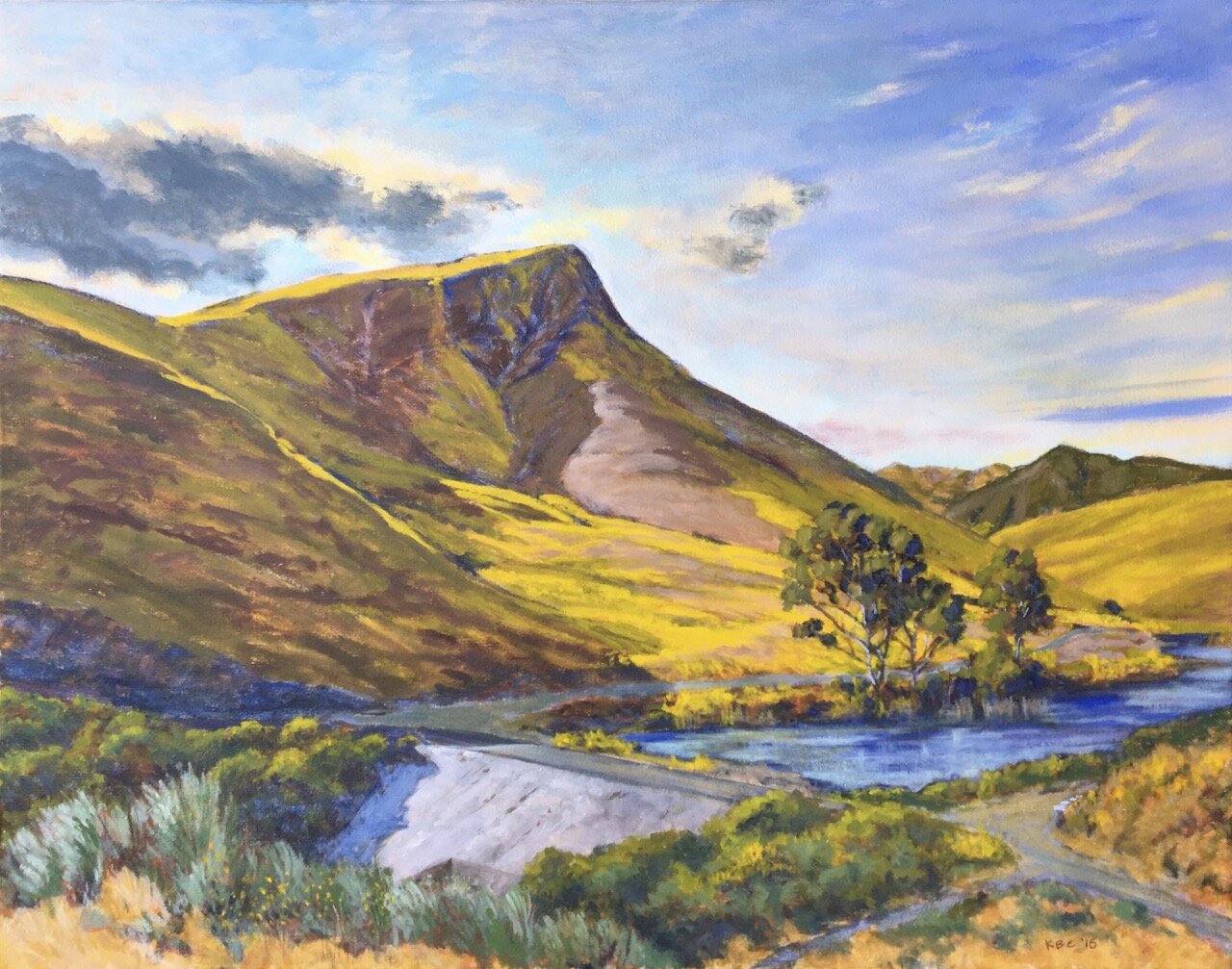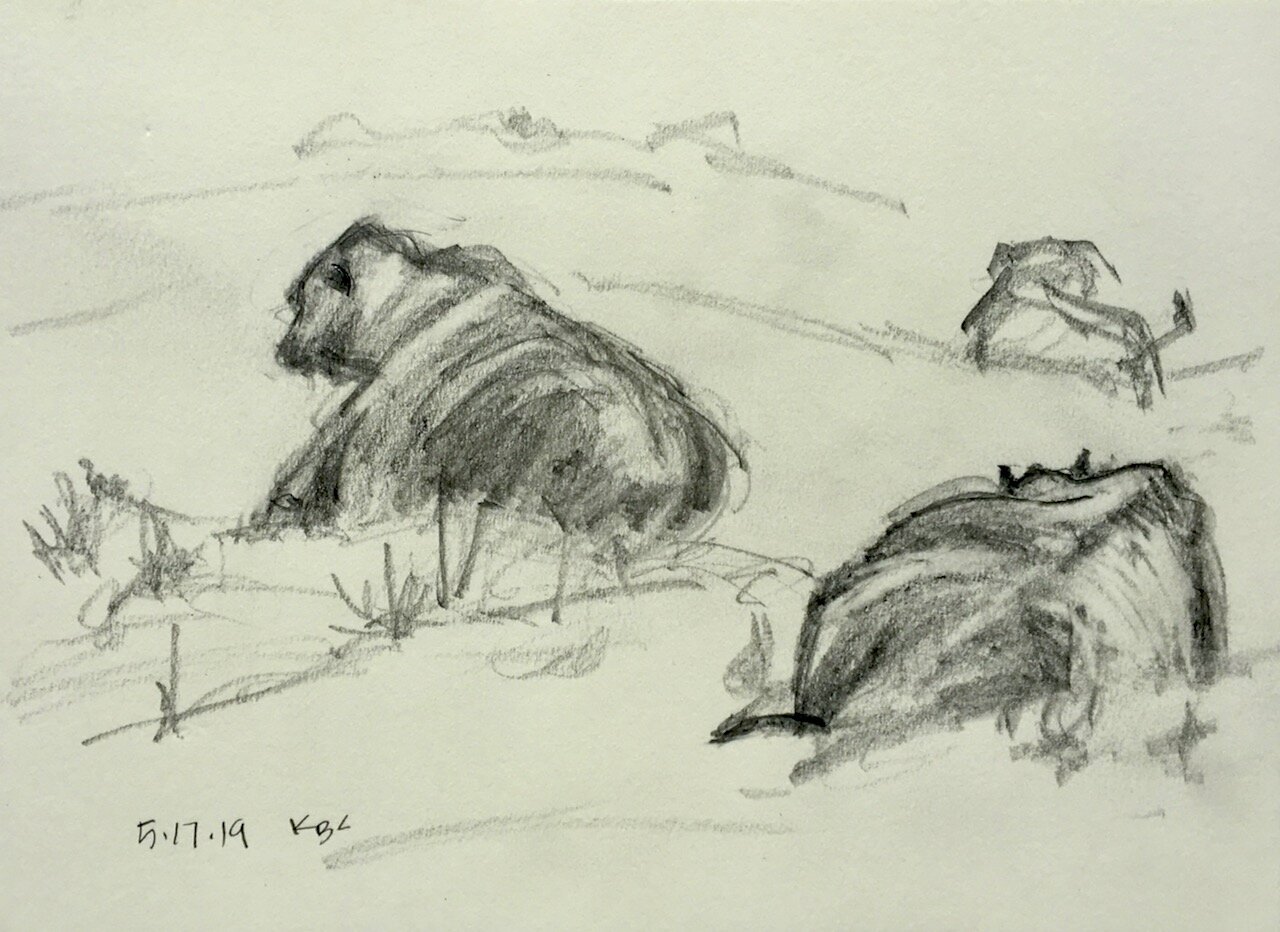
Not Our History.
A Californian History.
A Reverence for Nature
The Chumash called themselves “the first people” when they settled this land more than 9,000 years ago. They viewed nearby Point Conception as the sacred “Western Gate” to the afterlife. Those who followed have revered this wild coastline for its breathtaking beauty and natural wonders.
After Spanish explorers claimed the coast in the mid-1700s, the King of Spain offered a cattle grazing lease on the land to José Francisco de Ortega, among the first Europeans to explore California, as a retirement gift for his service to the crown. Ortega named the land “Rancho Nuestra Señora del Refugio” — “Ranch of Our Lady of Refuge.” Seventy-five years later, cattle were still grazing the land when Colonel W.W. Hollister acquired the property. He and his family continued livestock operations, maintained ranching traditions and protected the landscape for the next 100 years.
In 1970, ownership passed to a corporation, which restructured the Ranch to its current form. That change could have spurred unchecked development along the bluffs, into the canyons and along the shorelines--disaster for the unique ecosystems that have thrived here for centuries. But it did not happen.
Instead, Hollister Ranch was developed on a common commitment to a tradition of stewardship and sustainability, embodied in its CC&R’s, preserving the land and its native vegetation, wildlife and natural resources.

The Chumash
People are believed to have migrated from Siberia across what is now the Bering Strait. They used boats to travel south and the Chumash established themselves as a thriving society in the Santa Barbara Channel region, west of the Santa Inez Mountains, from San Luis Obispo to Malibu Canyon and on the Channel Islands.
Chumash society was well-organized and relatively advanced. They showed skilled craftsmanship, with well-built houses, symbolic cave rock paintings, fine basketry and beads. Their language included eight local dialects.
The Chumash built highly seaworthy canoes—called Tomols—made of redwood planks from logs washed up by winter storms, which they used for fishing and trading along the coast. Though adept at hunting and fishing, most of the Chumash diet consisted of acorns and other plant life.
Chumash life and culture flourished until the arrival of Spanish explorers and the establishment of the mission system, in which the Chumash were forced to live and work as laborers. The U.S. annexation of California further contributed to the decline of the Chumash. Today at Hollister Ranch, Chumash cultural resources continue to remain intact and undisturbed. It is an ongoing delicate balance of acknowledging the Chumash cultural heritage without contributing to damage or desecration of precious cultural resources.

Rancho Nuestra Señora del Refugio
Sailing up the California coast in 1542, Juan Rodriguez Cabrillo became the first European to view the coastline that is now Hollister Ranch. More than 200 years later, José Francisco de Ortega served as chief scout on the first land expedition in 1769 from San Diego to San Francisco. Ortega went on to help found the Santa Barbara and San Diego presidios and missions San Buenaventura and San Juan Capistrano.
Born in New Spain, Ortega left his job as a warehouse clerk and joined the occupying Spanish army. After 30 years of service to the crown, he was awarded his cattle grazing lease and established “Rancho Nuestra Señora del Refugio" (“Ranch of Our Lady of Refuge”) on more than 26,000 acres of coastal land that included the current Hollister Ranch and adjacent land to the east. Ortega built a ranch house at Refugio Canyon; the area of present-day Hollister Ranch was used for grazing. Ortega died from a horse fall three years later in 1798 at the age of 65. He’s buried at Mission Santa Barbara.
Ortega’s son went on to become a prominent landowner in the region and his granddaughters married into influential families of politicians, builders, and land grant rancho owners. The family managed to hold onto the ranch through the Mexican Revolution, the Mexican-American War, and the granting of California’s statehood in 1850. But falling cattle prices and drought forced the family to sell off parcels. The first sale was in 1858. By 1889, all the land had been sold.
Images via: https://goletahistory.com/the-baron-ranch-at-arroyo-quemada/

The Hollisters
Colonel William Welles Hollister was born in Ohio, attended Kenyon College and in 1850 drove 4,000 Merino sheep to California hoping to make a fortune feeding mutton to gold miners, though much of his business success was due to surging wool prices during the Civil War. Hollister settled for a time in the northern California, founding the town that bears his family name, but eventually returned to Santa Barbara.
By 1866, Hollister and his partners owned a large expanse of coastal land, including the original "Rancho Nuestra Señora del Refugio." Hollister eventually took ownership of the Ortega ranch and several other properties. He built the Glen Annie estate in Goleta for his wife, Annie, as the family’s home.
After Hollister’s death, the family lost Glen Annie in a long legal battle with the former owners. Annie Hollister was forced to abandon her beloved homestead. Reports say that minutes after she walked down the front steps for the last time, the house caught fire and burned to the ground. She denied any involvement. Annie Hollister spent her final years in Santa Barbara.
Hollister was a leading philanthropist who was instrumental in Santa Barbara’s growth, helping to found Santa Barbara College, build the first library, and finance the Arlington Hotel, Lobero Theater, and Stearns Wharf. He also owned the Santa Barbara Morning Press newspaper. He and Annie had six children. The youngest, John James (Jim) Hollister, convinced Annie not to sell Hollister Ranch and the cattle operation. He became superintendent of the Ranch in 1899.
Jim Hollister studied mining at MIT and was in Stanford University’s first graduating class, where he met his future wife, Lottie Steffens, who went on to earn a doctorate in psychology. The Hollisters moved into the “Hollister House” in Bulito Canyon on what is the present day Hollister Ranch in 1910. Jim Hollister served as president of the Hollister Estate Company until his death in 1961. He was twice elected to the State Senate and his brother Jack was a three-time Senator, as well.
Images via: https://goletahistory.com/who-was-hollister/

Present Day
Today, Hollister Ranch is a 14,400-acre private land holding, divided into 100-acre parcels with most of the land undeveloped. Cattle ranching—dating back to the Ortegas—remains the single most consistent and productive agricultural activity. The Hollister Ranch Cattle Cooperative is one of the largest cattle ranching operations in Santa Barbara County and a leader in practicing sustainable ranching.
After the death of Lottie in 1956 and Jim in 1961 their heirs agreed to sell. Efforts to turn the Ranch into a National Seashore in 2003 were rejected by the U.S. Department of Interior. The Pennsylvania Railroad bought the property with plans to develop a community of 20,000 residents, with 6,700 lots and an RV park. That plan died with the financial collapse of the railroad in 1970.
The Hollister Ranch Owners’ Association took control in 1976 and now manages the property, with the Hollister Ranch Conservancy assisting with management of natural and cultural resources.
Beautiful though the landscape is, strong wind, a lack of flat land and limited water, among other factors, made farming difficult, which is why cattle ranching is the only sustainable form of agriculture on the Ranch. Disturbing wildlife habitat or removing native vegetation is prohibited, and because the ranch is so remote, the cost of maintaining farming operations remains prohibitive.
Sustainability and the preservation of coastal ecosystems are the guiding principles of ranch life and operations today.






